The annual Electronics Entertainment Expo was held last week, and AppleInsider was there to see the latest iOS games and controllers. We also also went hands-on with some of the next-generation virtual reality technology that has become a major focus for the industry, including a product that relies on Apple's iPhone 6 Plus.
E3 is a motley assemblage of game publishers, the major consoles showing off the best for their platforms, and everything from third party controllers like those made by Nyko, to gaming headphones like those of Gioteck, Polk Audio and Astro.
Games, games, games
Many games publishers have games with iOS companion apps, but with few exceptions, they weren't showing them off at E3 that we saw. Bethesda showed off their big game, Fallout 4, and its iOS companion app, Fallout Shelter. We went for a few hours to bring you a look at what's available for iOS in games at E3, and found a few examples.
When we visited the Square Enix booth, they were showing Hitman:Sniper and Lara Croft:Relic Run.
Hitman:Sniper is a game involving 150 missions and the ability to pinch zoom to aid targeting, tap to hold breath, and other things you'd expect in a sniper game. Lara Croft:Relic Run is an endless runner game in the style of Temple Run from Imangi Studios.
Square also announced that they are bringing Final Fantasy to iOS, but weren't prepared to show it on the show floor.
We had similar results at Nintendo and Microsoft, both of whom either are bringing games to iOS (Nintendo) or have games that use iOS as a second screen (Microsoft) but neither had anyone on site who could speak to those experiences. Nintendo was focused on Mario's 30th anniversary, Mario Maker, and Yoshi rendered in yarn.
Instead of focusing on things we couldn't see, we went in search of hardware. We spoke with MadCatz, makers of iOS and Android game controllers.They showed us their Micro C.T.R.L. game controller for iOS, which is a slightly scaled down gamepad. We hope to have more information about their products soon.
At E3, iOS gaming is still a smaller segment than console and PC gaming, but Apple's indirect presence at the show is certainly growing.
Virtual insanity
We also spoke to MergeVR, a company who makes a head mounted display based on the idea of Google Cardboard, but they take it much further. Using a proprietary foam, their product accepts most phones made today, including the larger iPhone 6 Plus. It has a camera hole to enable augmented reality, and comes with a controller that reminds us of a miniature Wii-mote.
Google cardboard uses a magnet as a switch to act like a controller button in games, but the MergeVR remote has five (down/center/up/A/B trigger) buttons and a stick, so game developers that work with MergeVR have a lot more flexibility.
The things that make MergeVR more than a Google Cardboard iteration are the remote, and that it has specially made lenses that are easily repositioned to account for a different wearer's head size and pupillary distance between their eyes.
The headset also has an anti-bacterial treatment applied during the production of the foam, so sharing a headset doesn't mean sharing germs.
All current games that show up on an iTunes search for "VR" will work with the headset, but Merge will have an app that helps guide consumers to apps that work with the provided controller. Merge expects the head mounted display and remote to be available later this year before the holidays.
Lastly, we got to see Oculus in person. Oculus has been in the news since their successful Kickstarter campaign and later acquisition by Facebook, and it was good to see it in reality.
Like Merge, they know that you can't play a game just by moving your head, and the demo we played used an Xbox One controller. They did have on display some half controllers so that a player could potentially use both hands separately.
We played a game called Edge of Nowhere by Insomniac Games (makers of "Ratchet and Clank"), and as a first experience with a title by a developer that knows how to make games, VR feels like a big deal.
The one thing we had to look past is the fact that if you hold a retina display a few feet from your face, it really is impossible to see pixels, or the space between them.
When wearing the same kind of display a few centimeters in front of your eyeballs, it's easier to see the space between pixels, like you would on an old CRT display. What's immersive about this is not the kind of extreme depth that you get in a 3D movie when a creature comes out the screen at you, but instead, the use of the gyroscope and accelerometers that cause the display to reflect changes in the scene by the motion of your head - it follows your view.
One of the things we found is that it's important to make sure the Oculus is positioned correctly on your face and there are no light leaks where it meets your cheeks. We looked down at one point and saw our hands and the controller, rather than the immersive view of the snowy landscape.
Playing a game in first person with a view of your body running in front of you is sort of an out-of-body experience — you're controlling the body running in front of you.
We're not going to downplay this experience. It's fun, and after playing a few seconds we forgot we were wearing the headgear and just enjoyed the game, although we died.
Repeatedly.
We died leaping a gap in our path as snow fell away out from under us. We died running a wooden footbridge as the boards fell away. We died after being pounced upon by monsters. We died by a falling stalactite. Oh, how we died, and played again, for as long as the patience of the demo handler would last.
From our hands-on time at E3, we found head-mounted displays like Oculus and MergeVR to be very interesting. The gameplay they enable is something we want to see more, and we're intrigued for the future.
 Victor Marks
Victor Marks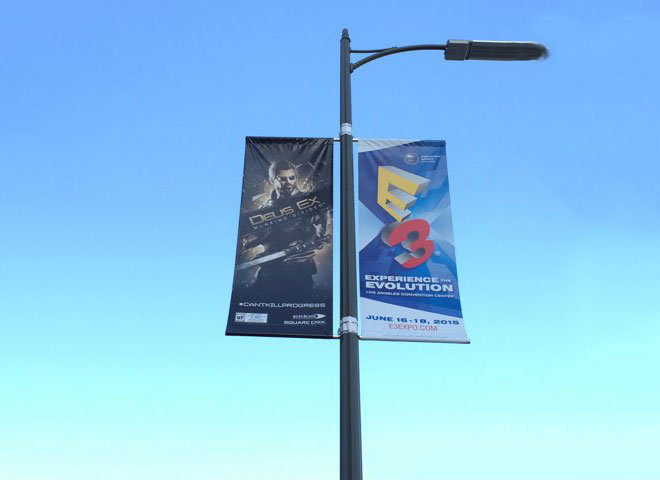
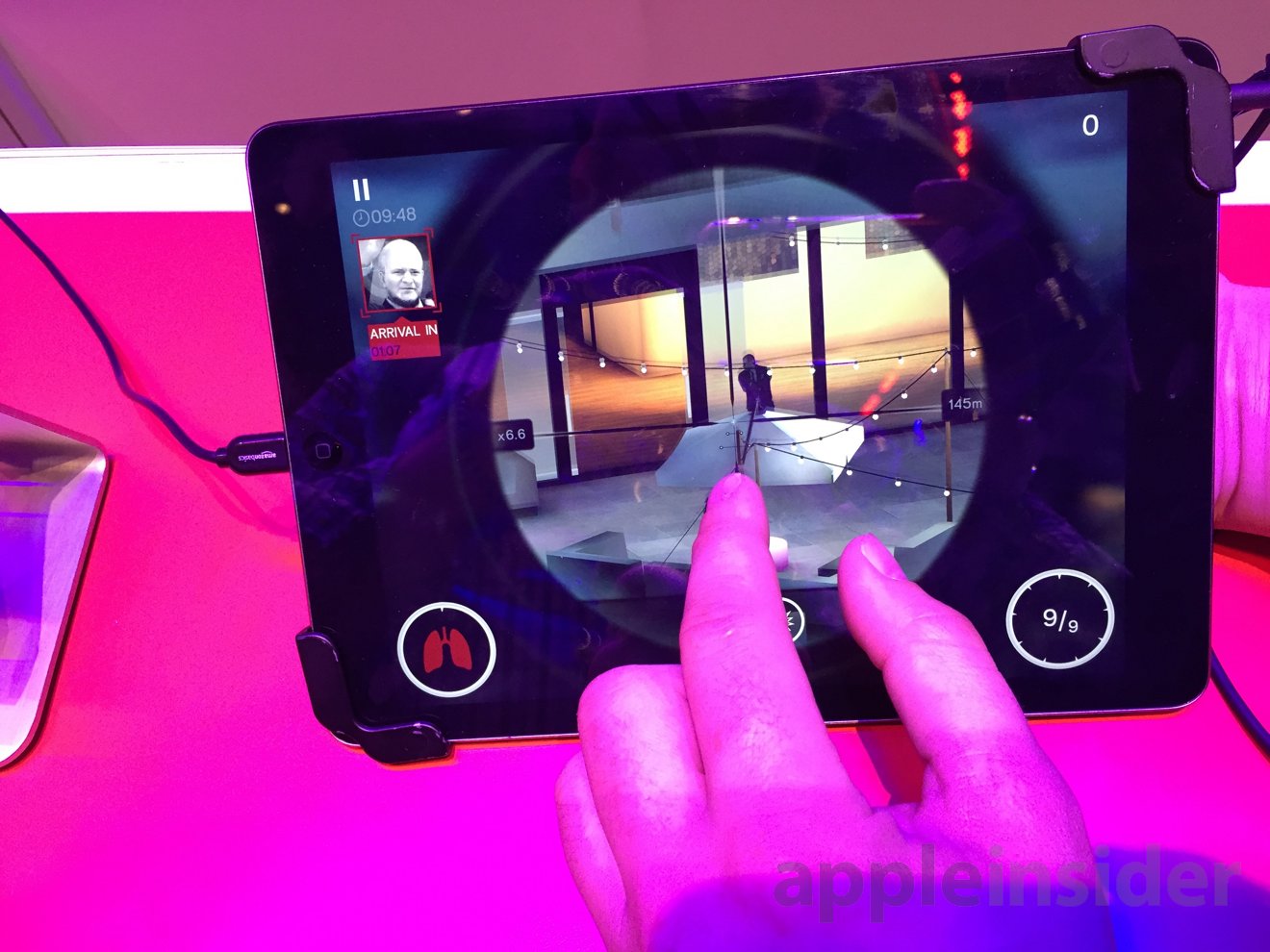
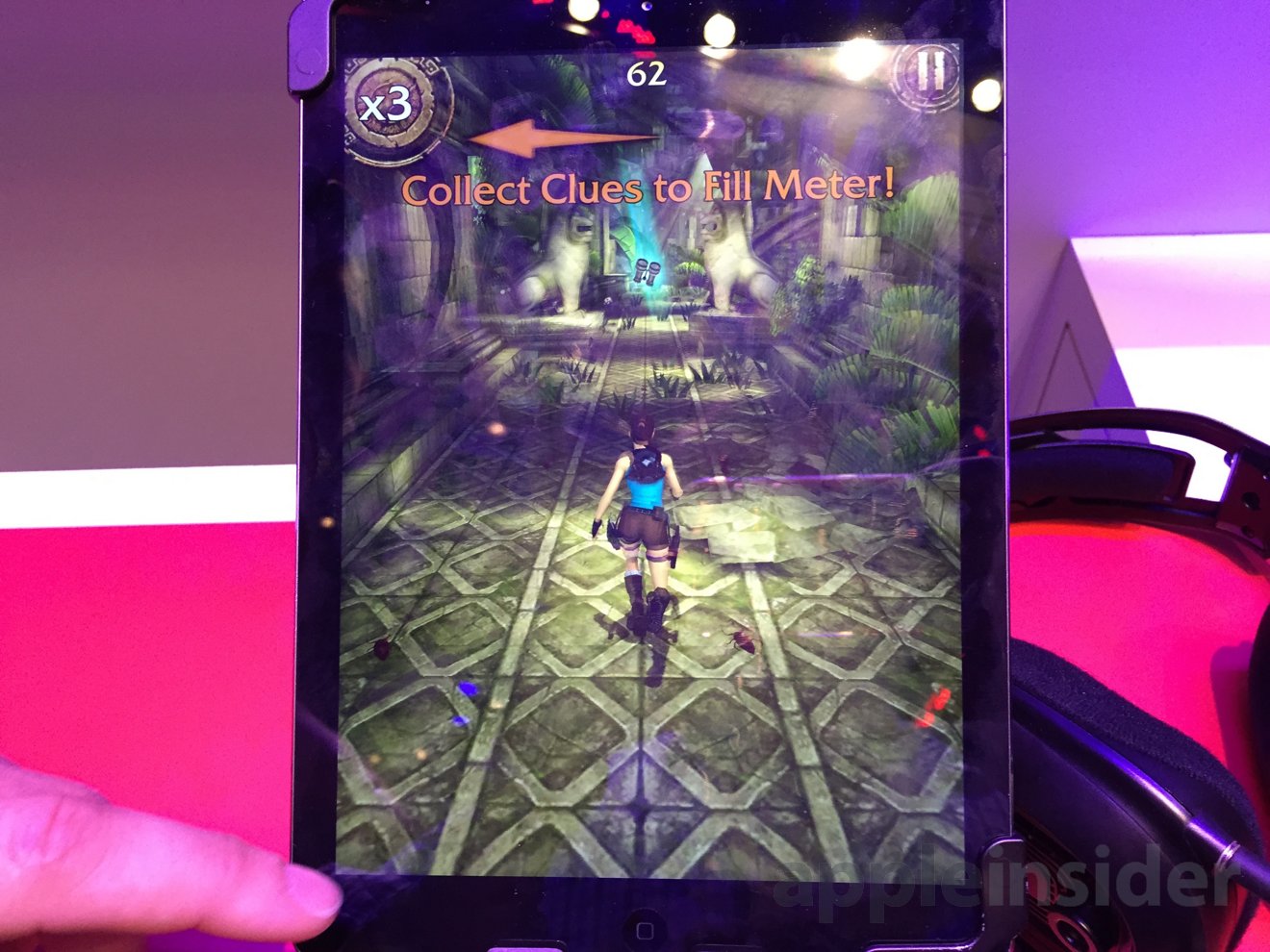
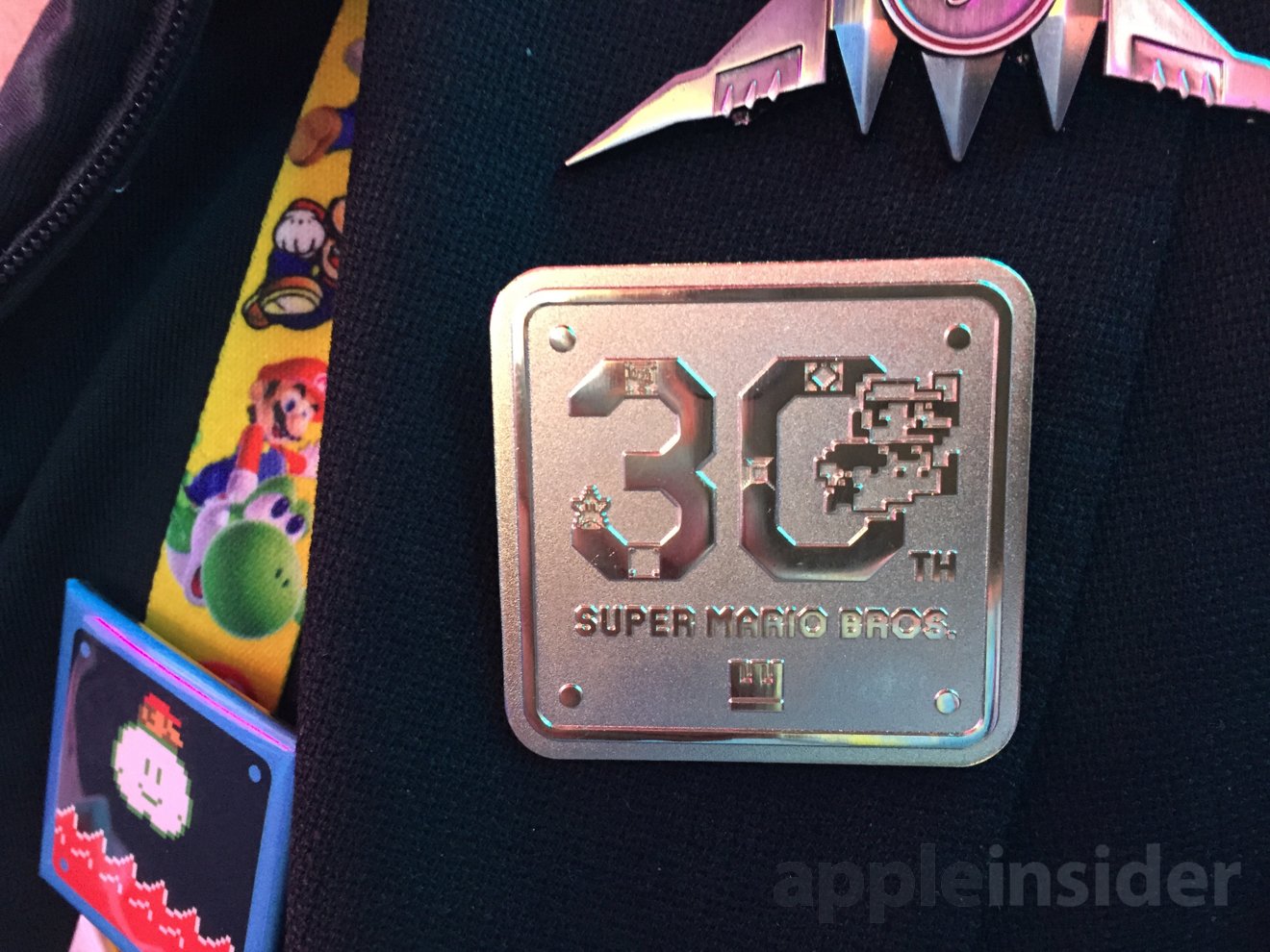
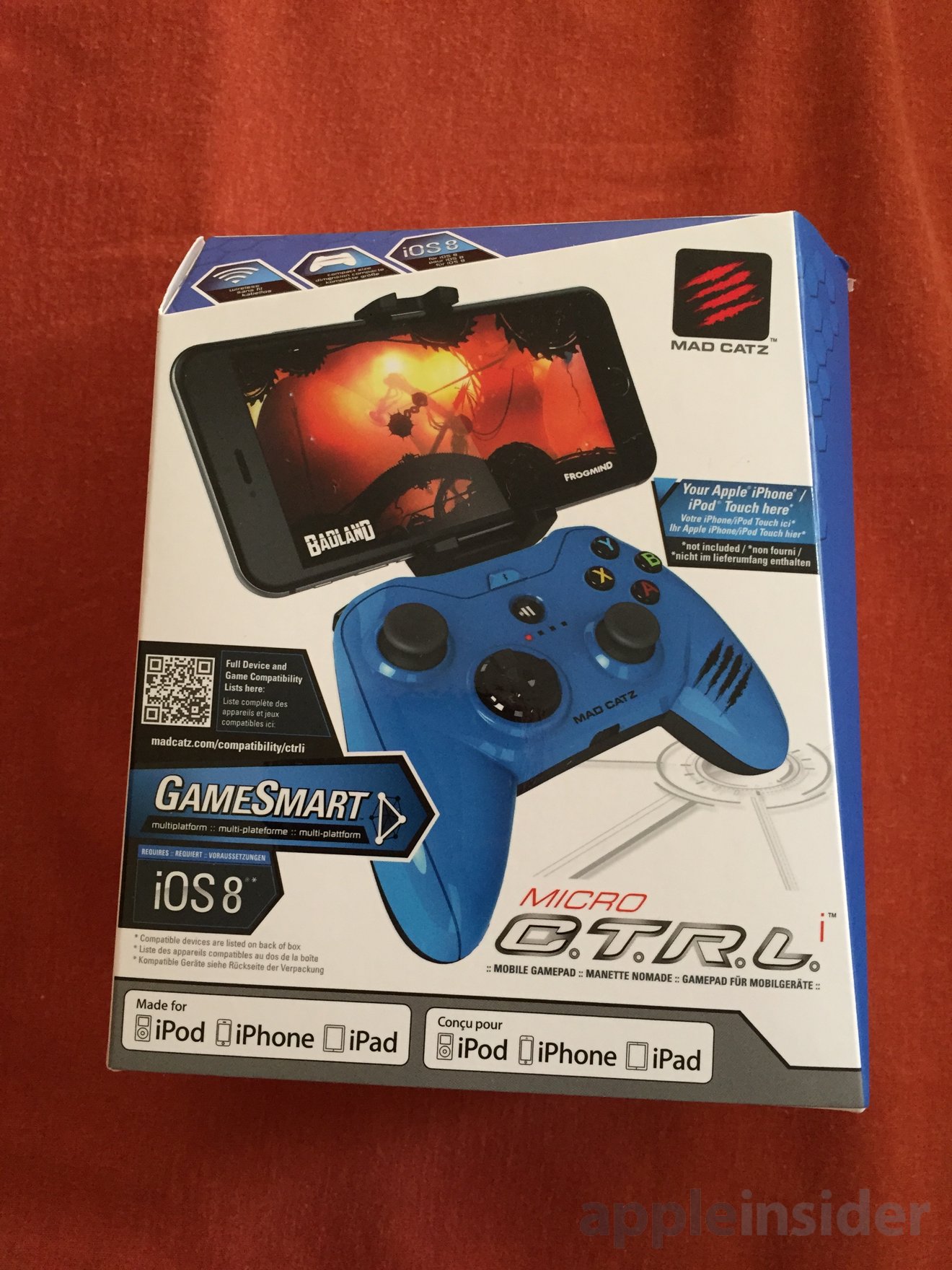
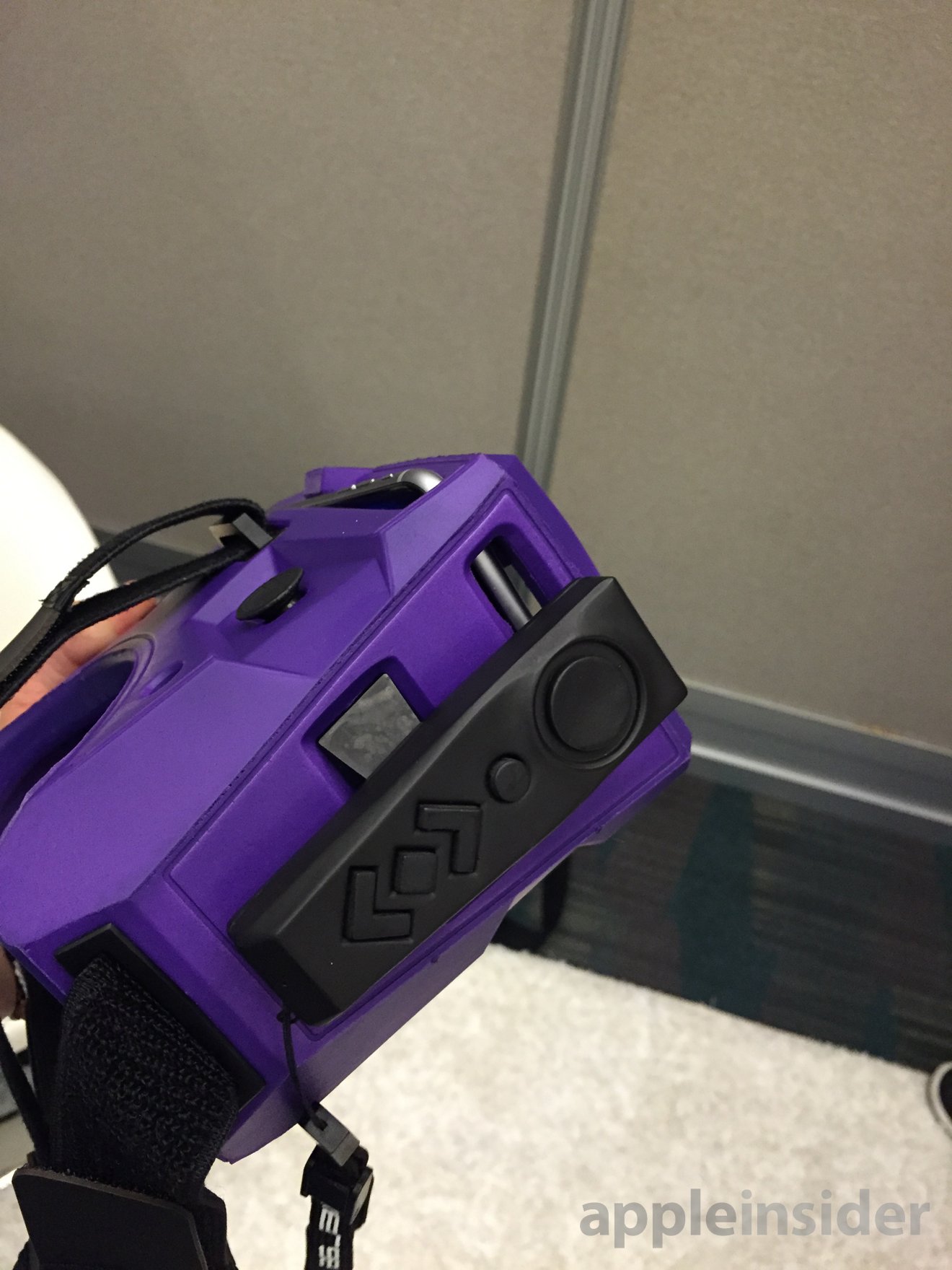
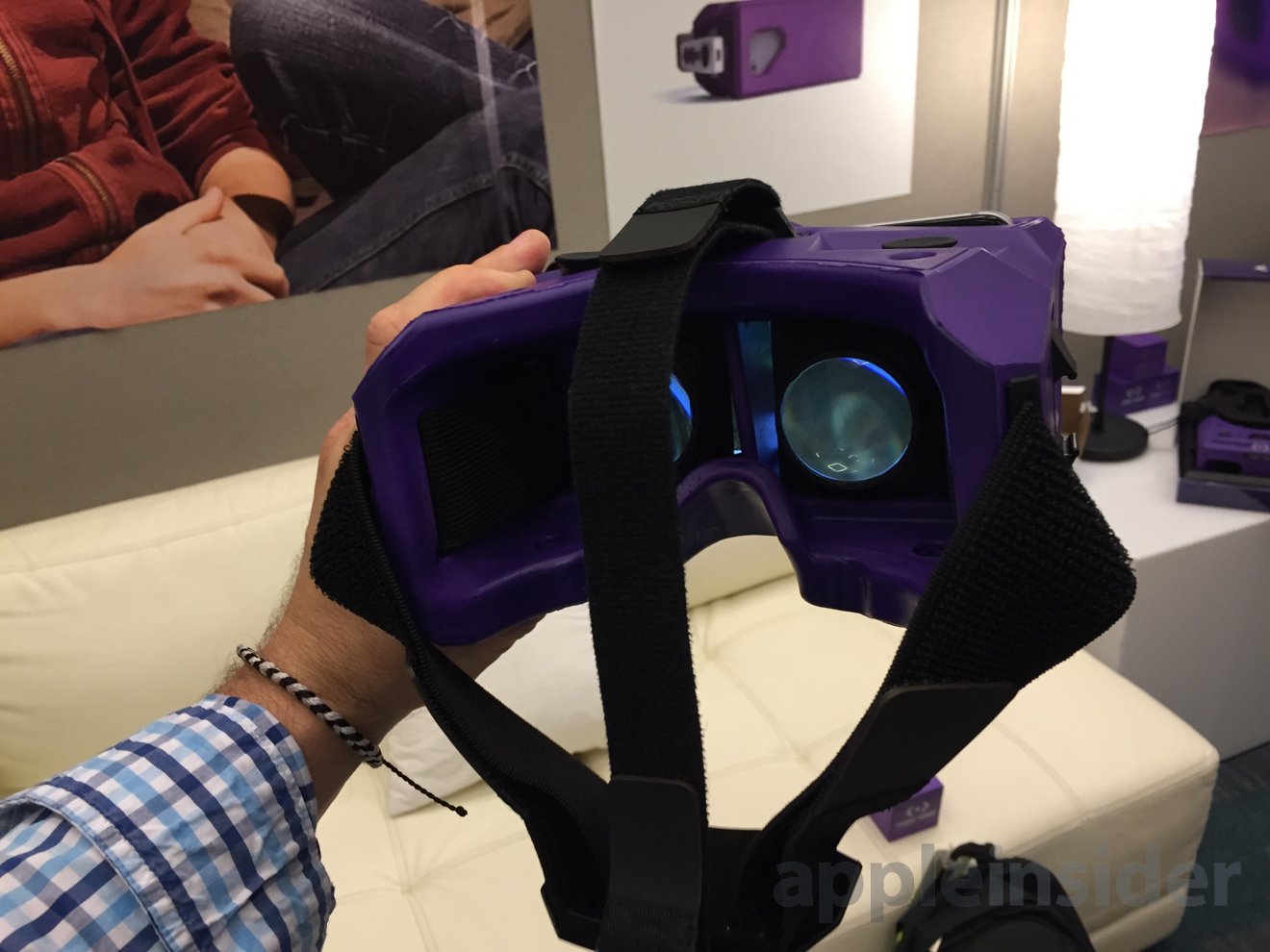
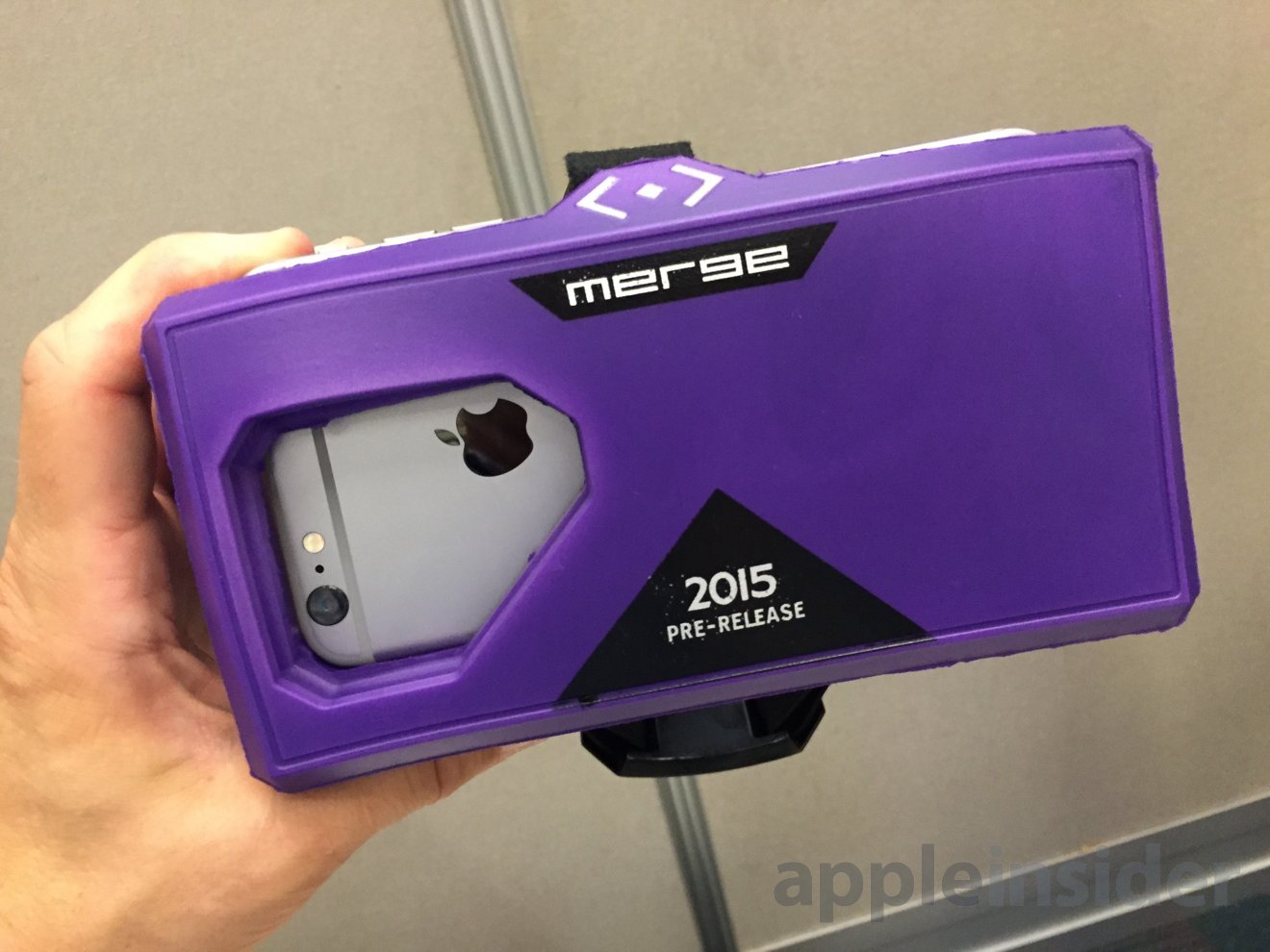
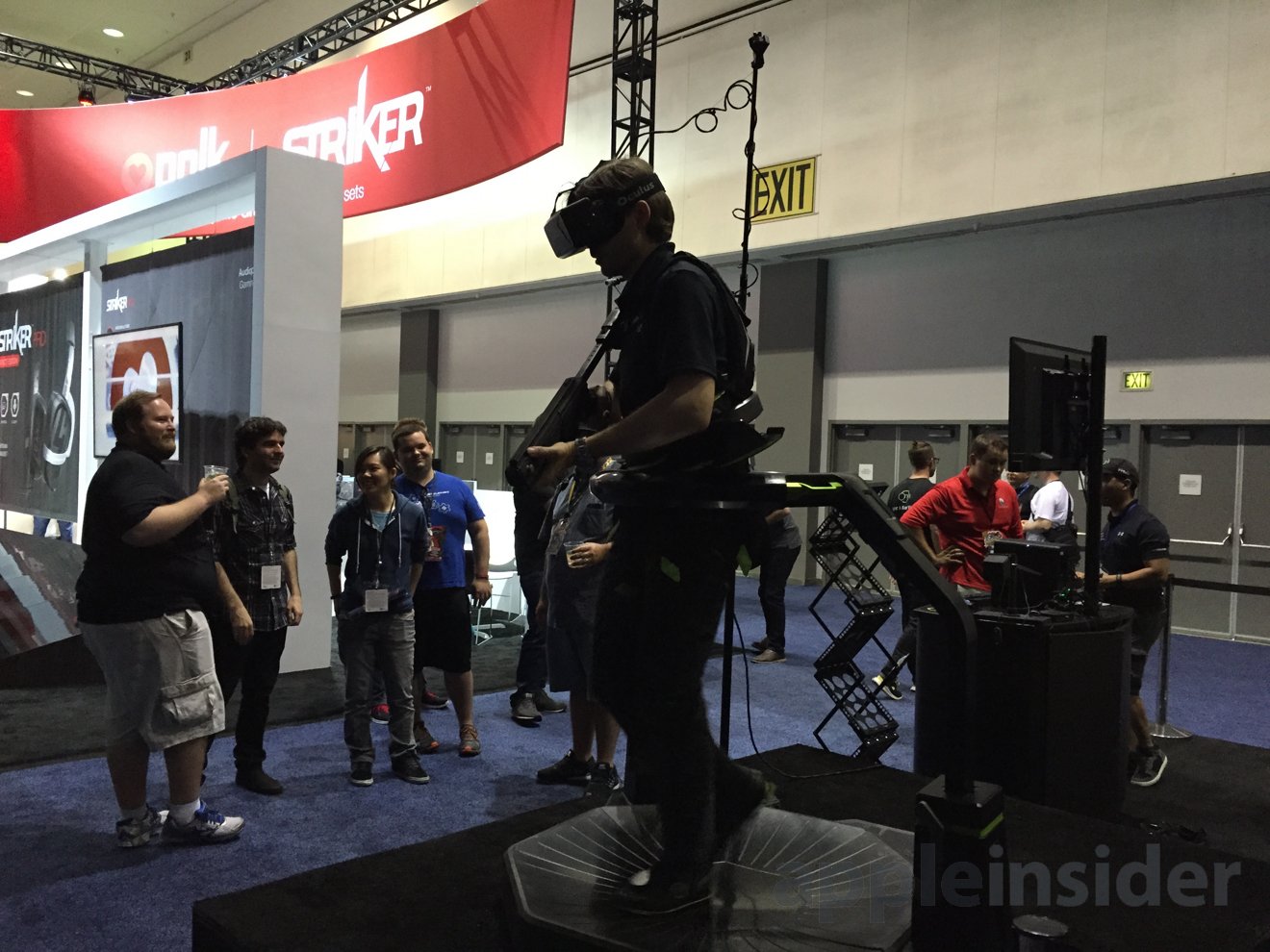
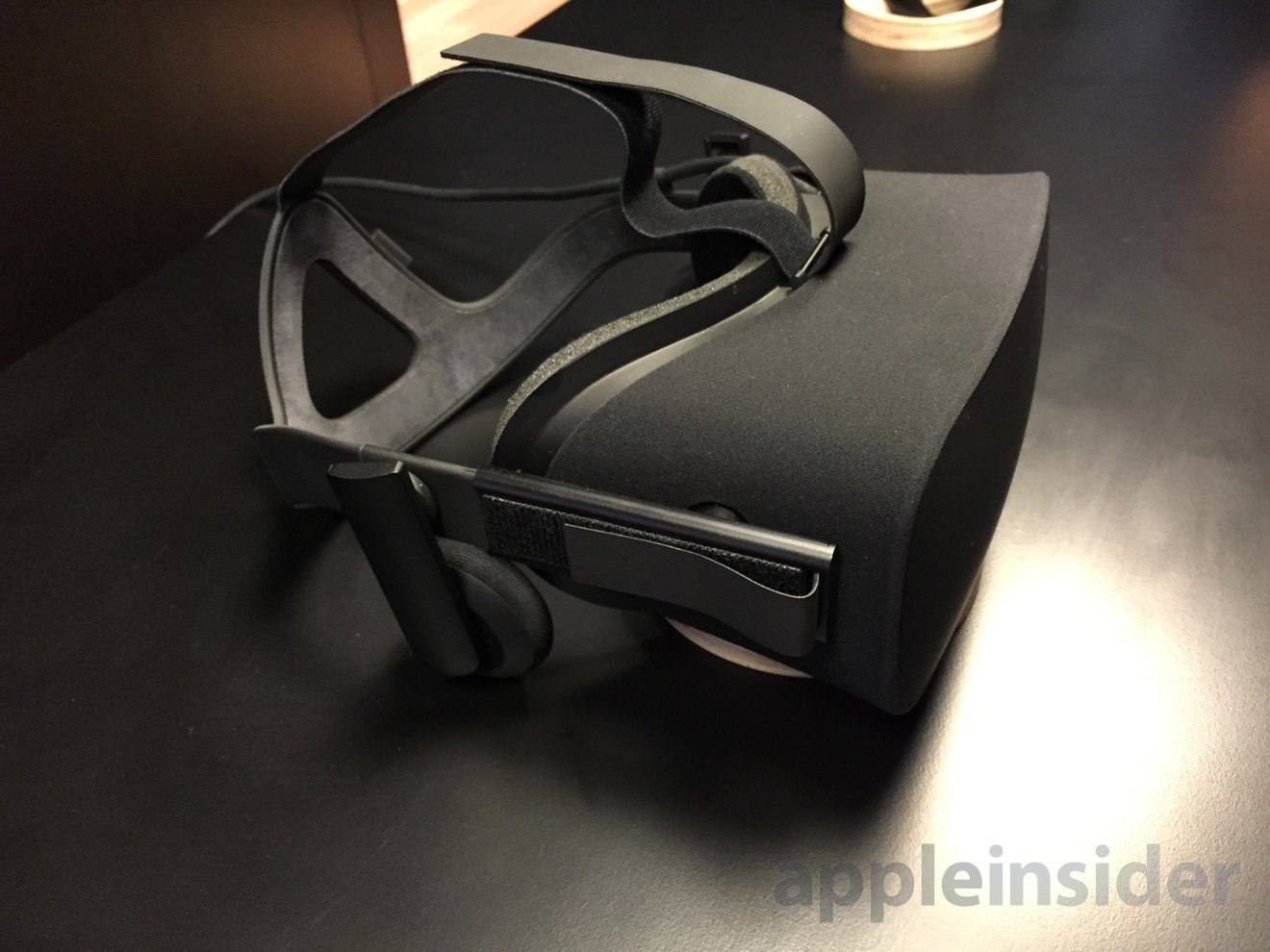
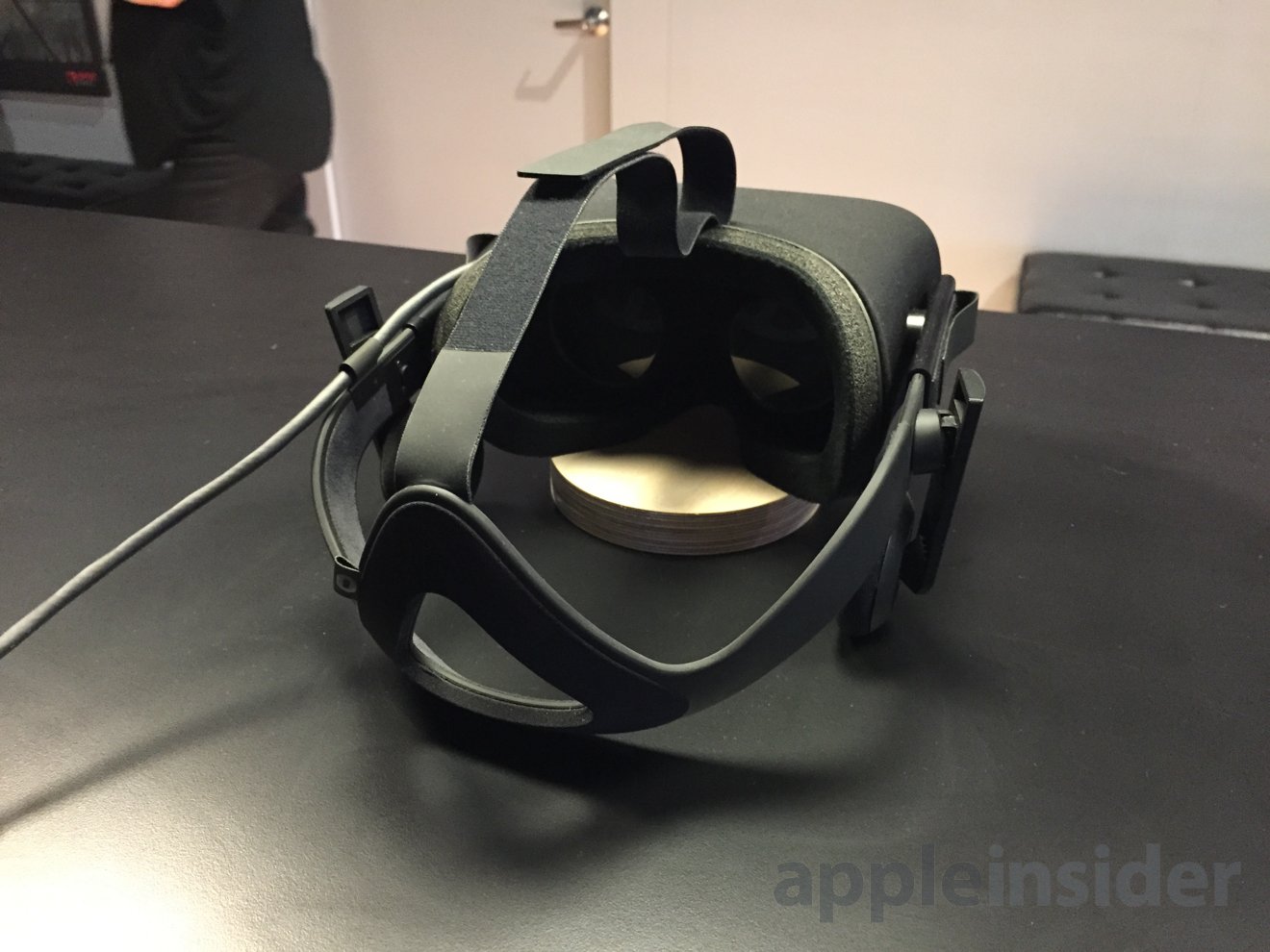














 Christine McKee
Christine McKee
 Stephen Silver
Stephen Silver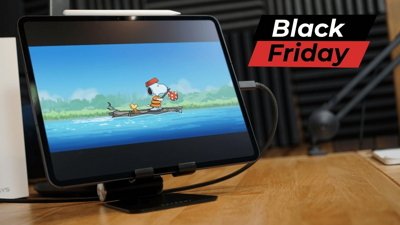

 Charles Martin
Charles Martin
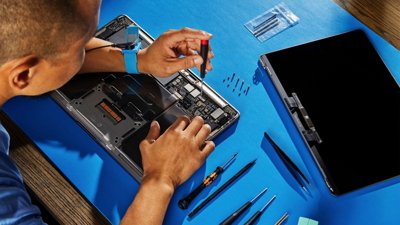

 Amber Neely
Amber Neely









3 Comments
So Temple Run with Lara Croft.
Lucky!